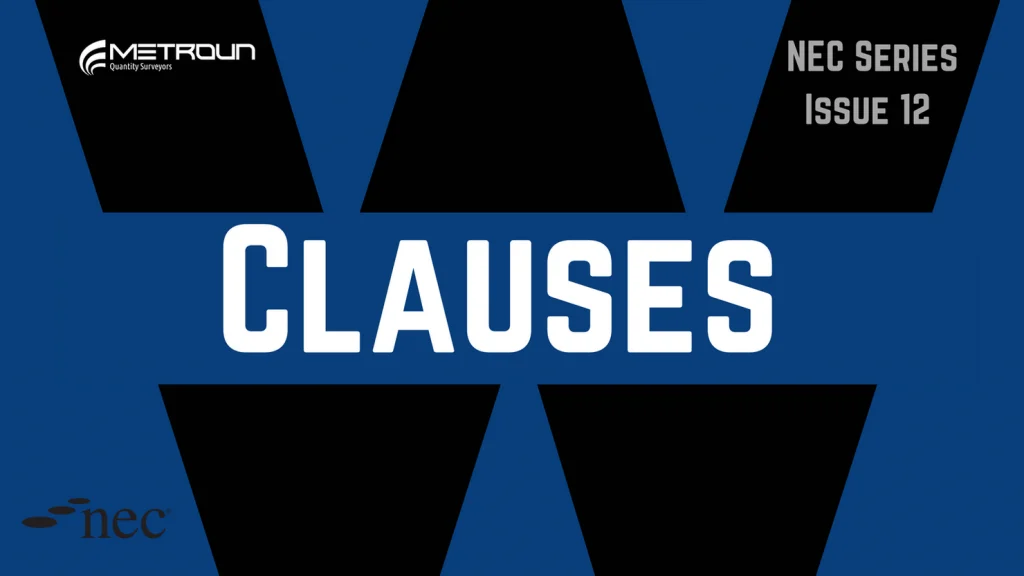Disputes in construction are inevitable. We can do everything in the book to ensure all details are covered, correct forms, procedures and quality checks are in place. However, there are always going to be disputes that arise. Most of the time, we hope that disputes can be dealt with through proper communication between the parties involved. However, this isn’t always the case, sometimes parties fail to reach an agreement. In this instance an external body may be brought in to aid in finding a resolution.
In this article we’ll be looking into what provisions are in place within the NEC3 & NEC4 for dispute resolution.

The NEC is often regarded as a powerful tool in dispute avoidance. With its emphasis on regular and detailed communication, it ensures most disputes are resolved before they have chance to escalate. But what provisions are in place for when these disputes do occur?
Provisions for dispute resolution can be found under Clause W1 & W2 under the NEC3 with a newly introduced Clause W3 under NEC4.
Clause W1 and Clause W3 are used when HGCR Act does not apply i.e., works falling outside England, Wales & Scotland.
NEC offers a two-stage approach to dispute resolution. The first step is adjudication, then if the dispute still isn’t resolved either arbitration or litigation. NEC4 adds a step prior to adjudication called senior representatives. Under this approach, each party has a senior representative who will meet and attempt to resolve the dispute before there is an adjudication. It should be noted however, under Clause W2, use of senior representative is not mandatory. Otherwise it would conflict with the HGCR Act’s provision which states a party may take a dispute to adjudication at any time. NEC4 goes even further and includes the option for a dispute avoidance board which can be enacted under Clause W3. Another alternative for adjudication.
As we’re being bias, we’re going to look more deeply into Clause W2 for use within England, Wales & Scotland. Clause W2 provides a process and timeline for referring a dispute to adjudication. The first step to referring an adjudication is to provide a notice to the other party. If there is a named Adjudicator in the Contract Data, they should also receive a copy of the notice (W2.3(1)). The referring party then has seven days from notice of adjudication to refer the dispute to the Adjudicator (W2.3(2)). Both parties then have 14 days to provide the Adjudicator with more information regarding the dispute, unless agreed otherwise by parties and Adjudicator (W2.3(2)). The Adjudicator then has twenty-eight days from the date which the referring party referred the dispute to the Adjudicator to provide their decision and justification. This timeline can be extended up to 14 days with agreement of the referring party. Once the decision has been made a party has four weeks to notify the other if it wishes to refer the dispute to tribunal. Otherwise the intention is that the Adjudicators decision becomes final.

References
- https://www.sheridangold.co.uk/wp-content/uploads/2019/12/020-PC-Lt-Aj-NEC-Dispute-Provisions.pdf
- https://www.neccontract.com/NEC4-Products/NEC-Webinars/Past-webinars/How-to-avoid-and-resolve-disputes-under-NEC4
- https://www.mills-reeve.com/insights/publications/nec4-what-s-new-in-the-resolution-of-disputes




